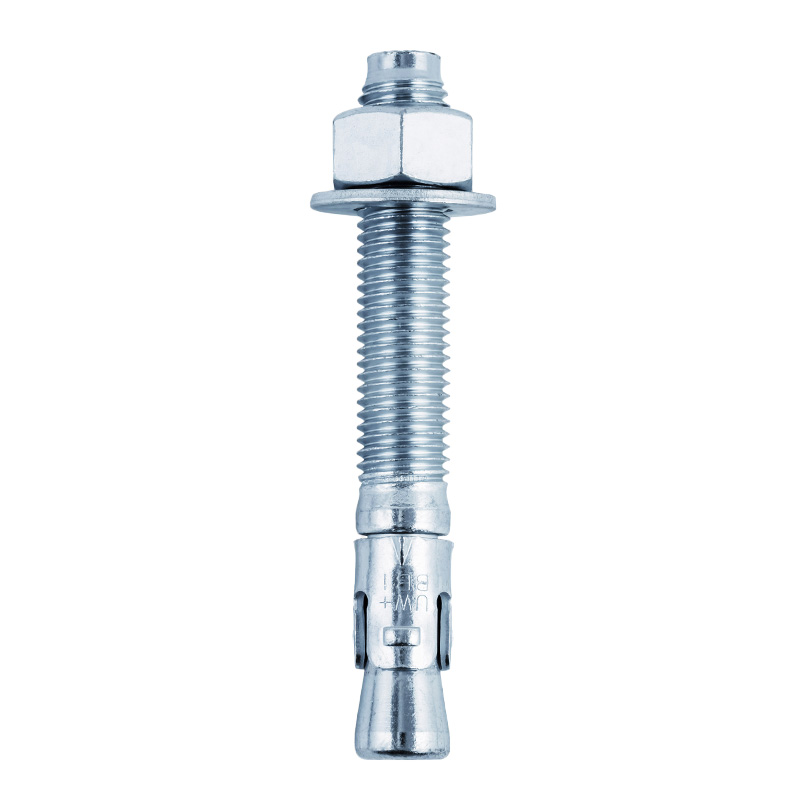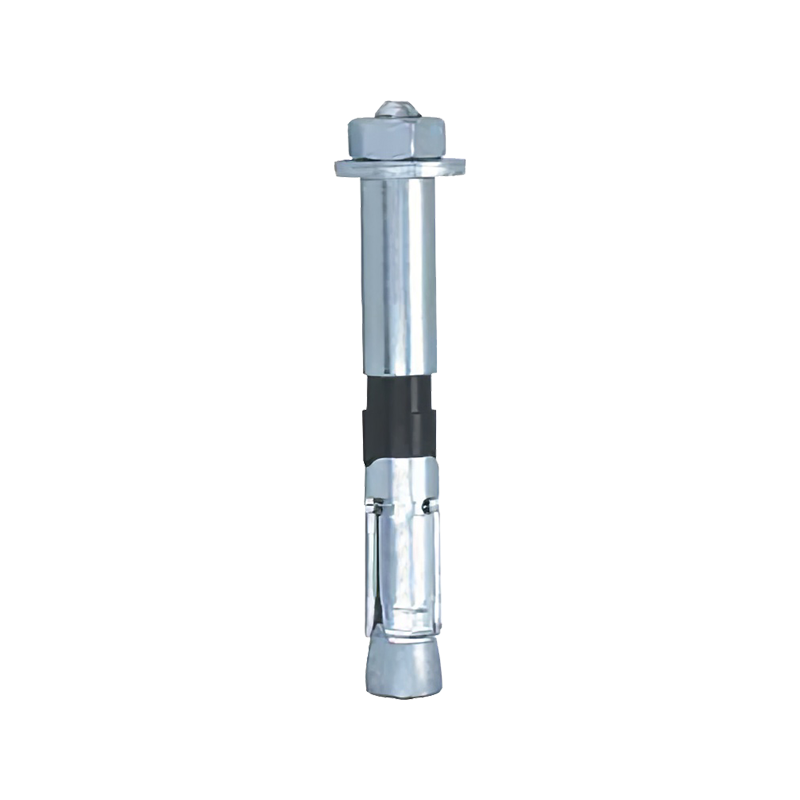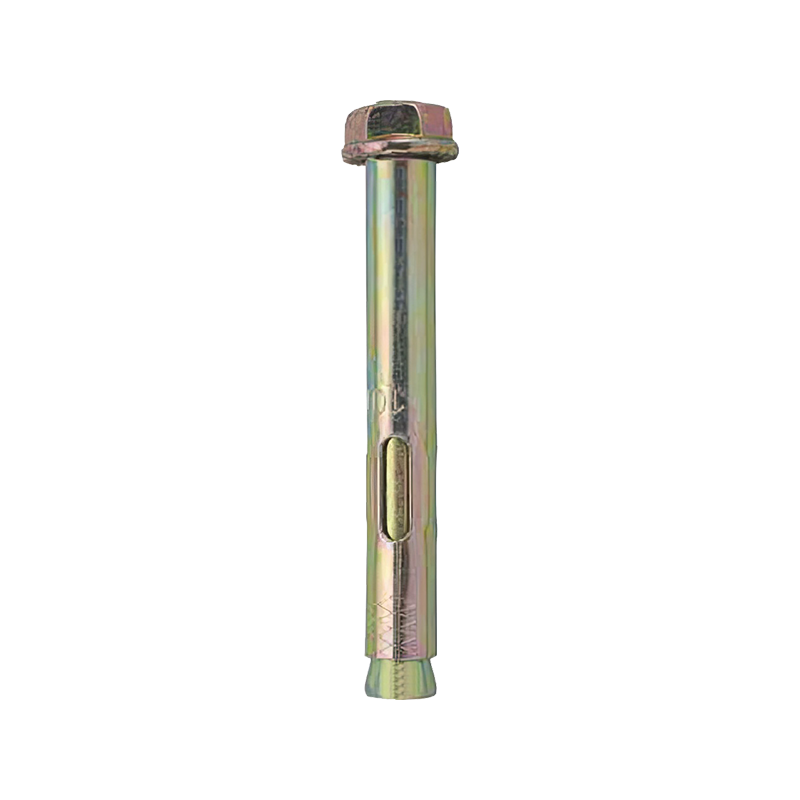What is the main mechanism by which a single expansion anchor resists shear force
2025-11-10In structural connections, single expansion anchors must not only withstand tensile forces perpendicular to the base material but, crucially, must also resist shear forces (Shear Load) acting parallel to the surface. Shear performance is a defining metric for assessing the overall safety and reliability of any anchor system. A deep professional understanding of the mechanism by which these anchors resist shear is paramount for sound engineering design.
I. The Dual Mechanisms of Shear Resistance
The primary mechanisms through which a single expansion anchor resists shear force are categorized into two fundamental actions: Steel Shear Action and Friction and Concrete Bearing. In practical applications, these two mechanisms operate concurrently, but their dominant contribution varies depending on the anchor type, installation quality, and the specific loading scenario.
1. Steel Shear Action (The Metal Failure Mechanism)
This mechanism is the most direct and predictable in load capacity calculations. As the shear load increases, the steel material of the anchor rod or the connected components becomes the main source of resistance.
-
Mechanism Description: The shear force acts directly across the anchor's cross-section. Provided the surrounding concrete possesses sufficient strength to prevent significant tilting or displacement of the anchor, the anchor's ultimate resistance will depend on the ultimate shear strength of its steel material. The critical failure point is the shearing or cutting of the anchor rod or the connecting thread.
-
Controlling Factors: Steel shear strength is primarily governed by the anchor's diameter and steel grade (such as Grade 5.8, 8.8, or A4 stainless steel). An increase in diameter and steel grade results in a nearly proportional increase in the ultimate steel shear capacity.
-
Failure Mode: Pure steel shear failure represents an idealized condition that usually occurs near the shear plane (the contact surface between the anchor and the attached fixture). Design calculations typically rely on empirical relationships between the steel's tensile strength and its shear strength to determine the ultimate shear capacity.
2. Friction and Bearing Action (The Concrete Interaction Mechanism)
This constitutes the foundational mechanism for single expansion anchors resisting shear, particularly dominant at lower loads or immediately following installation.
-
Friction Force: By applying a prescribed torque, the single expansion anchor generates a radial pressure through its expansion sleeve, securing it tightly against the borehole wall. This pre-tensioning force creates a perpendicular reaction force between the base material (concrete) and the attached fixture. When an external shear force is applied, this friction force is the first line of defense against lateral movement (slip).
-
Crucial Role: Installation torque and the expansion sleeve design are critical to the friction contribution. Insufficient torque results in low friction, making the anchor prone to displacement under shear load.
-
-
Concrete Bearing: Once the shear load exceeds the available friction, the anchor begins to experience minor lateral slip until the side of the anchor rod makes solid contact with the concrete wall of the borehole. At this point, the anchor transfers the shear force to the hole wall via direct crushing or bearing action.
-
Mechanism Elaboration: The concrete directly in front of the anchor experiences intense localized pressure, resisting the external shear force through concrete bearing. The strength of the concrete in this bearing zone and the tightness of fit between the anchor and the hole wall (i.e., installation quality) directly influence the shear capacity.
-
III. Critical Factors Governing Shear Performance
The final shear capacity of a single expansion anchor is not a fixed number; it is a complex outcome influenced by a combination of professional factors:
-
Concrete Strength: Higher concrete compressive strength (e.g., C30, C40) increases the concrete's ability to resist localized crushing and side-bearing pressure, thereby elevating the overall shear capacity.
-
Anchor Diameter and Steel Grade: These are the intrinsic properties determining steel shear strength. Increases in these factors lead to a substantial and predictable increase in load-bearing capacity.
-
Installation Quality: Oversized boreholes or insufficient installation torque dramatically reduce the anchor's friction contribution and the effective bearing contact area, leading to a significant drop in shear capacity.
-
Spacing and Edge Distance Effects: If anchors are installed too close to a concrete edge (insufficient edge distance) or too close to each other (insufficient spacing), the shear load can induce localized splitting or crushing of the concrete edge. In such scenarios, the failure mode shifts from steel shear to Concrete Edge Failure, resulting in a sharp and dangerous decrease in load capacity. Professional codes enforce strict minimum spacing and edge distance requirements.
IV. Professional Shear Failure Modes
Under shear loading, the anchor's failure mode is a focal point for engineering design and inspection:
-
Steel Rupture: The shear load exceeds the ultimate steel shear strength, and the rod is completely severed. This typically occurs in anchorages with large edge distances and high-strength concrete.
-
Concrete Edge Failure (Breakout): The shear load causes the concrete near the edge to crush and spall, forming a conical or wedge-shaped failure surface. This is a common and critical failure mode in small edge distance applications.
-
Fixture Yield or Failure: If the anchor's strength is significantly higher than that of the attached fixture (e.g., bracket or steel profile), the shear failure may occur in the connected component rather than the anchor itself.












Contact Us